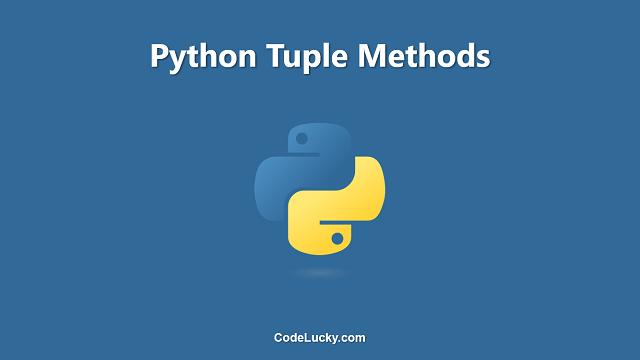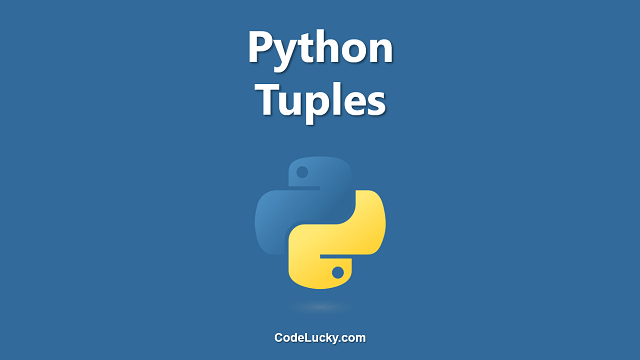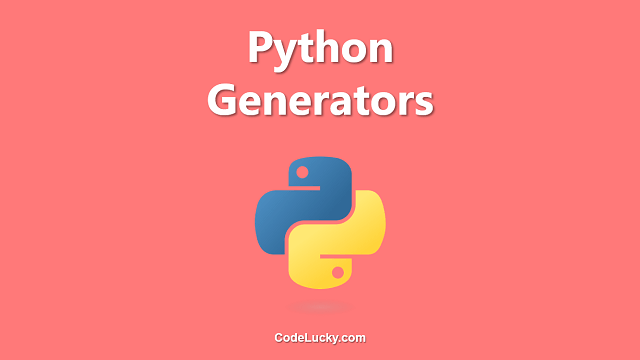A tuple is an immutable, ordered collection of elements in Python. Tuple objects support a set of methods, which allow you to perform various operations on the elements contained in a tuple. In this article, we’ll take a look at some of the most commonly used Python Tuple methods, explain how they work, and provide practical examples to help you get started with these methods.
Python Tuple Methods
There are only 2 methods available for Python Tuples, namely, count() and index() methods due to the fact that tuples are immutable objects and we’re restricted to perform any operations on them once they are defined. Link to detailed articles for each of them is given in the headings.
count()
The count() method is used to count the number of occurrences of a given element in a tuple. It returns an integer representing the number of times the element appears in the tuple. For example:
# Define a tuple t = (1, 2, 3, 4, 1, 2, 3) # Count the number of occurrences of 1 in the tuple count = t.count(1) # Print the result print(count) # Output: 2
index()
The index() method is used to find the first index of a given element in a tuple. It returns an integer representing the index of the first occurrence of the element in the tuple. If the element is not present in the tuple, it raises a ValueError exception. For example:
# Define a tuple t = (1, 2, 3, 4, 1, 2, 3) # Find the first index of 2 in the tuple index = t.index(2) # Print the result print(index) # Output: 1
In conclusion, the Python Tuple methods are simple yet powerful tools that allow you to perform various operations on the elements contained in a tuple. Whether you’re counting the number of occurrences of an element in a tuple or finding the first index of an element, the count() and index() methods can help you accomplish these tasks with ease. These methods are easy to use and understand, making them ideal for beginners and experienced Python developers alike. By understanding the purpose and usage of these methods, you’ll be able to make the most out of your Python Tuples and write efficient and effective code.







